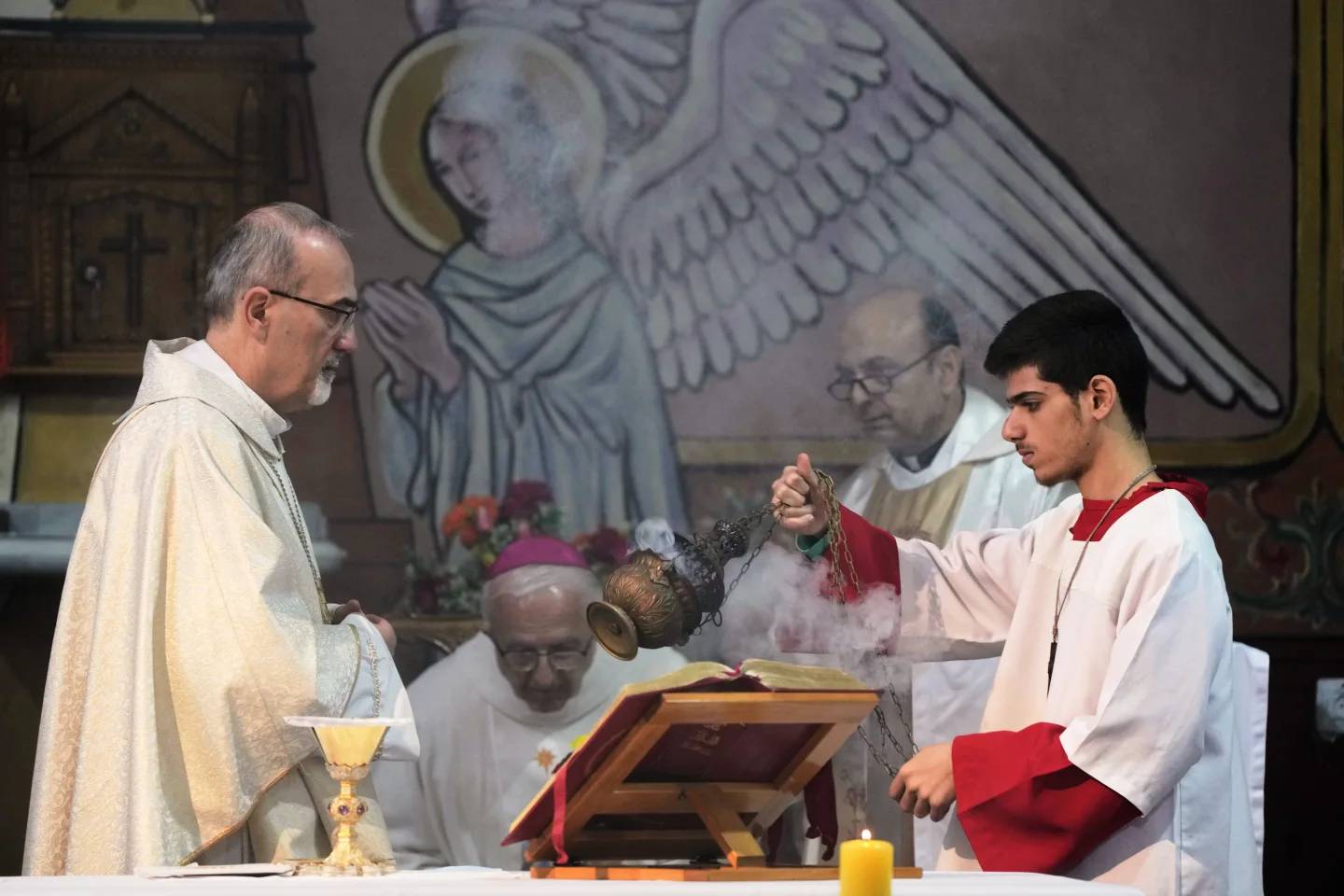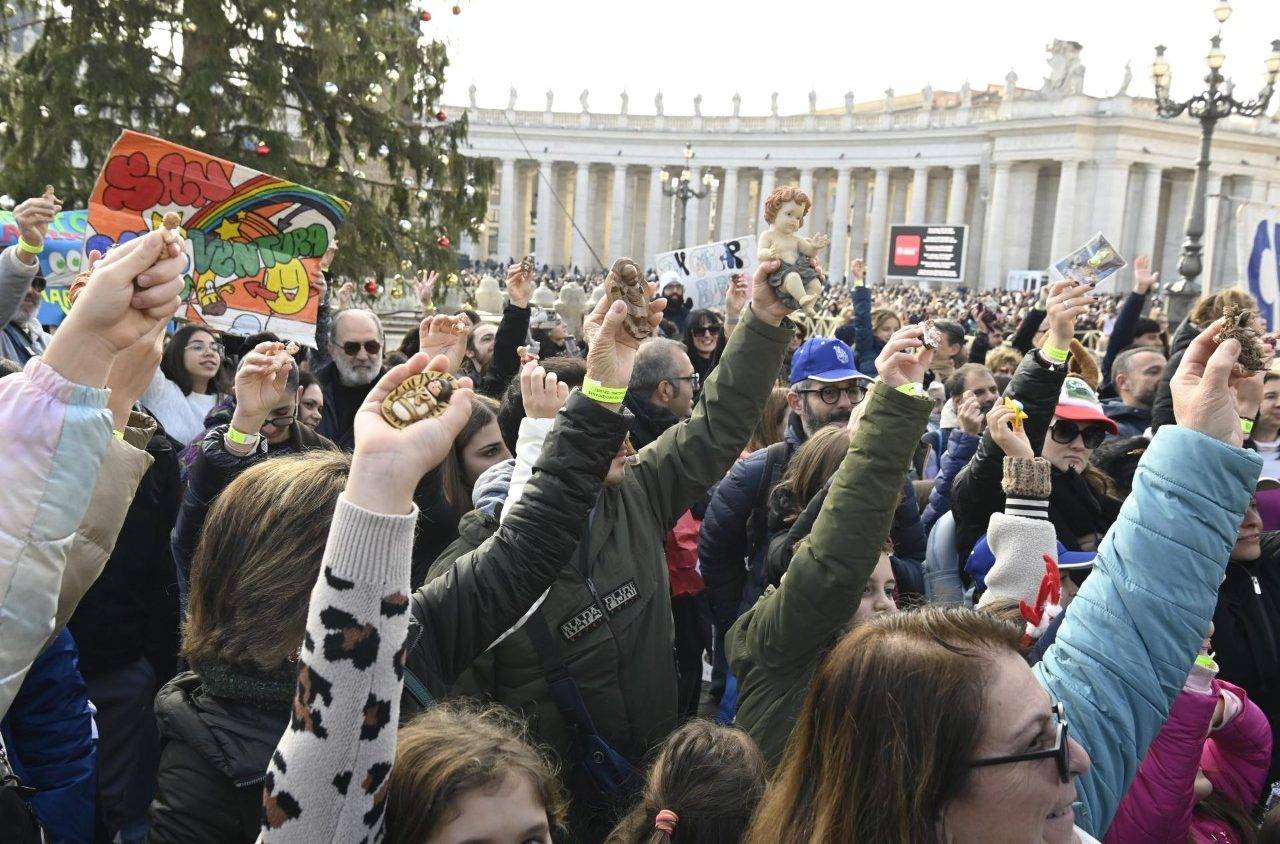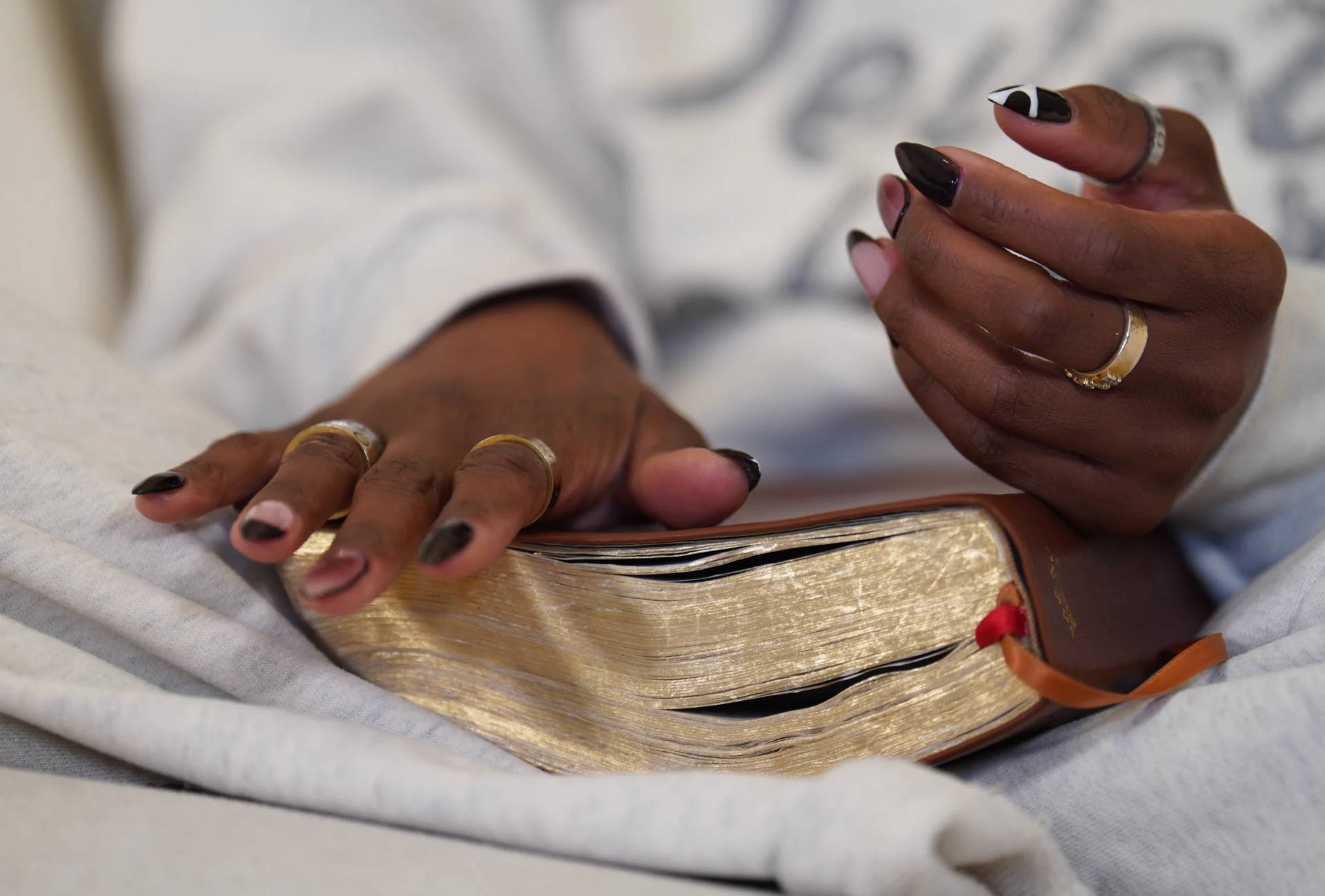ROME – Despite the fact that it’s only got a handful of Catholics, and the pope hasn’t even bothered to name a bishop there since 2019, the Finnish capital of Helsinki may occupy a greater share of the Vatican’s collective intellectual energy right now than almost any other city in the world.
That’s not for ecclesiastical reasons, but geopolitical ones. Helsinki was the setting for the 1975 “Helsinki Accords,” which represent a signature moment in Cold War diplomacy, a crescendo for the Vatican’s policy of Ostpolitik, and an inspiration for Rome’s current efforts to end the war in Ukraine.
This coming Tuesday, the aspiration for a 21st century version of the Helsinki Accords will be in full public view in a conference “Europe and War: From the Spirit of Helsinki to Prospects for Peace,” jointly sponsored by the Italian Embassy to the Holy See, L’Osservatore Romano, Vatican Radio, Vatican News, and the Italian journal Limes.
The lineup features Cardinal Pietro Parolin, the Vatican’s Secretary of State, who last April called for a “new Helsinki conference” as a way to address the Ukraine conflict. Other key figures from the Francis papacy also will be on hand, including editorial director Andrea Tornielli and Sant’Egidio founder Andrea Riccardi, and the event will be livestreamed by the Vatican’s media platform.
Italian President Sergio Mattarella was also scheduled to be on hand, but late Saturday new broke that he had tested positive for COVID-19 and will likely have to withdraw from his public appointments this week.
While in Kazakhstan in September, Pope Francis specifically appealed to the Helsinki accords as an inspiration.
“Now is the time to stop intensifying rivalries and reinforcing opposing blocs,” he said. “We need leaders who, on the international level, can enable peoples to grow in mutual understanding and dialogue, and thus give birth to a new ‘spirit of Helsinki’, the determination to strengthen multilateralism, to build a more stable and peaceful world, with an eye to future generations.”
To recap, the Helsinki Accords were the result of two years of negotiations between every country in Europe at the time (except Andorra and Albania) as well as the United States and Canada. The aim was to promote détente between East and West and to reduce the prospects that the Cold War might turn hot.
The accords ratified several principles, including the inviolability of national borders, refraining from the threat or use of force, non-intervention in internal affairs and the right to self-determination. It was highly controversial among Cold War hawks in the US, who thought it signed off on the Soviet occupation of the Baltic States of Estonia, Lithuania and Latvia, and more generally on the Soviet domination of Western Europe – the Wall Street Journal pleaded with then-President Gerald Ford not to attend the signing ceremony for the accords under the headline, “Jerry, Don’t Go!”
In retrospect, however, many historians believe the Helsinki Accords were instrumental in preventing an escalation of East/West conflicts. In the long run, some historians believe they actually stimulated independence movements behind the Iron Curtain with the language about self-determination.
There are three reasons why the Helsinki Accords loom so large in the Vatican’s diplomatic memory and imagination.
First, they represented a breakthrough for the policy of Ostpolitik, meaning dialogue with the Socialist world, engineered by then-Archbishop Agostino Casaroli, who headed the Vatican delegation to the negotiations and was credited by several participants with having been instrumental in the final result.
Casaroli went on to become a cardinal and Secretary of State under St. John Paul II. In his recent interview with the Jesuit-sponsored journal America, Pope Francis called Casaroli “the greatest model I find in the modern period of the church” of dialogue as a diplomatic strategy, and Helsinki is remembered as one of his most shining moments.
Second, the Vatican has always looked to Italy as its most natural ally on the global stage and an amplifier of sorts for its diplomatic and humanitarian agenda. The Helsinki Accords are perhaps the best modern example of that idea in practice, since alongside Casaroli another primary architect of the agreement was then-Italian Prime Minister Aldo Moro, a close personal friend of St. Pope Paul VI.
Moro was in a privileged position to help broker the accords, given that Italy had by far the largest Communist Party anywhere in the West and it was Moro who had first included Socialists directly in an Italian government. As a result, Moro was able to engage the Soviet states in a way that other Western leaders found difficult.
Although few in the Vatican today would have the same hopes for the country’s current Prime Minister, Giorgia Meloni, they see the 81-year-old Mattarella as not only a talented statesman but also an ally, who could play an important behind-the-scenes role.
Third, Pope Francis and his team view Helsinki fondly because it seemed a vindication for the same policies of patience and restraint that they’ve tried to use with Russia almost a half-century later.
When it comes to Russia (and, for that matter, China too), Francis is not a “Tear down this wall!” sort of pope. (Ronald Reagan, by the way, cited the Helsinki Accords as part of the reason he chose to challenge Ford in the 1976 Republican primaries.) Diplomatically Francis is a dove, not a hawk, and Helsinki is considered perhaps the preeminent success of the dovish instinct during the Cold War period.
Whether the Helsinki Accords can actually provide a blueprint today remains to be seen. Even the press release announcing Tuesday’s event was cautious: “The many changes since then make similar initiative difficult, but Helsinki remains a point of reference and a value, beginning with the spirit that animated the conference, and it’s no accident that today people who seek peace refer to it.”
In that sense, it’s not just the “spirit of Vatican II” that defines the Francis papacy. It’s also the “spirit of Helsinki,” a point sure to be much in the air this week.

















